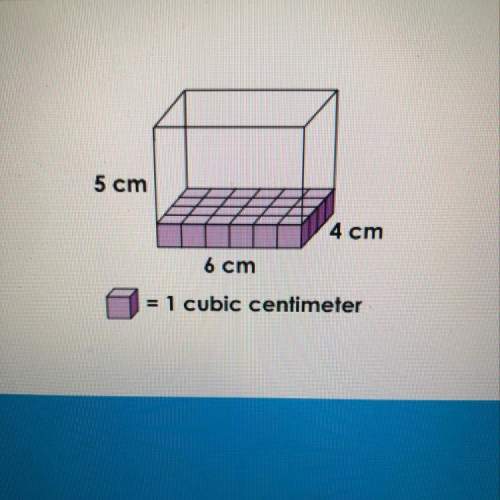
Mathematics, 01.12.2020 01:00 calmicaela12s
On a coordinate plane, 2 straight lines are shown. The first solid line has a negative slope and goes through (negative 2, 3) and (0, negative 1). Everything to the left of the line is shaded. The second dashed line has a negative slope and goes through (0, 2) and (1, 0). Everything to the right of the line is shaded. Which inequality pairs with y≤−2x−1 to complete the system of linear inequalities represented by the graph?

Answers: 3


Another question on Mathematics

Mathematics, 21.06.2019 19:00
Quick! a survey of 57 customers was taken at a bookstore regarding the types of books purchased. the survey found that 33 customers purchased mysteries, 25 purchased science fiction, 18 purchased romance novels, 12 purchased mysteries and science fiction, 9 purchased mysteries and romance novels, 6 purchased science fiction and romance novels, and 2 purchased all three types of books. a) how many of the customers surveyed purchased only mysteries? b) how many purchased mysteries and science fiction, but not romance novels? c) how many purchased mysteries or science fiction? d) how many purchased mysteries or science fiction, but not romance novels? e) how many purchased exactly two types of books?
Answers: 3


Mathematics, 21.06.2019 21:30
In a test for esp (extrasensory perception), the experimenter looks at cards that are hidden from the subject. each card contains either a star, a circle, a wave, a cross or a square.(five shapes) as the experimenter looks at each of 20 cards in turn, the subject names the shape on the card. when the esp study described above discovers a subject whose performance appears to be better than guessing, the study continues at greater length. the experimenter looks at many cards bearing one of five shapes (star, square, circle, wave, and cross) in an order determined by random numbers. the subject cannot see the experimenter as he looks at each card in turn, in order to avoid any possible nonverbal clues. the answers of a subject who does not have esp should be independent observations, each with probability 1/5 of success. we record 1000 attempts. which of the following assumptions must be met in order to solve this problem? it's reasonable to assume normality 0.8(1000), 0.2(1000)%30 approximately normal 0.8(1000), 0.2(1000)% 10 approximately normal srs it is reasonable to assume the total number of cards is over 10,000 it is reasonable to assume the total number of cards is over 1000
Answers: 1

You know the right answer?
On a coordinate plane, 2 straight lines are shown. The first solid line has a negative slope and goe...
Questions





Mathematics, 26.03.2021 17:20

History, 26.03.2021 17:20

Advanced Placement (AP), 26.03.2021 17:20





Biology, 26.03.2021 17:20




Mathematics, 26.03.2021 17:20


Mathematics, 26.03.2021 17:20





